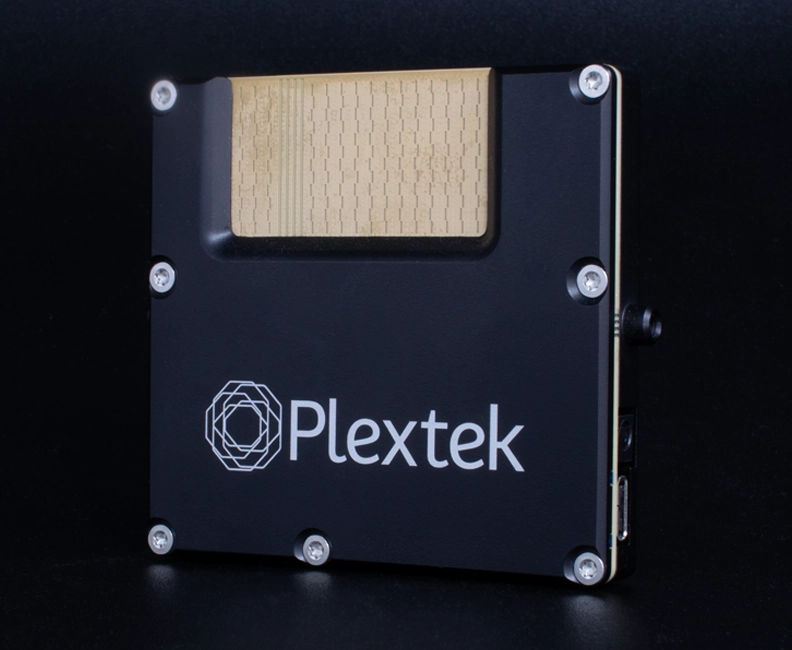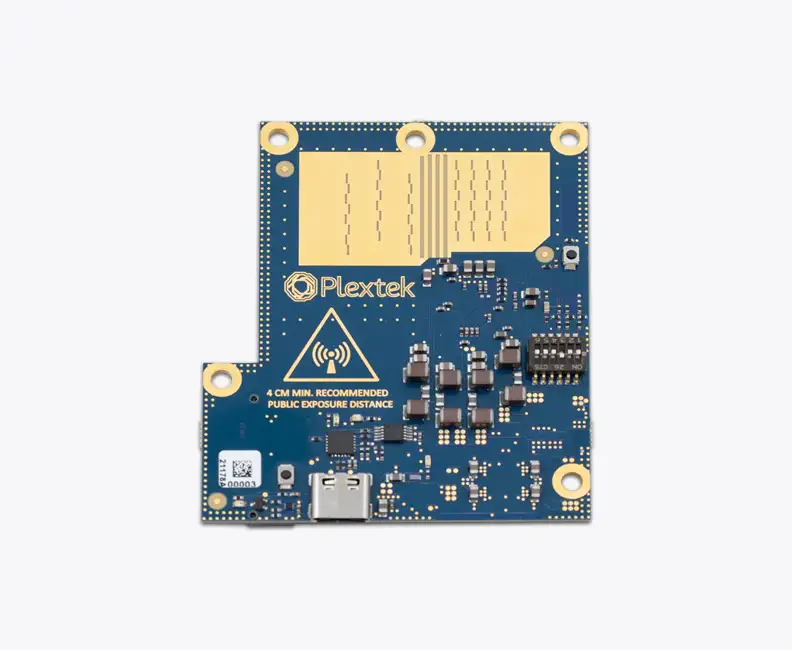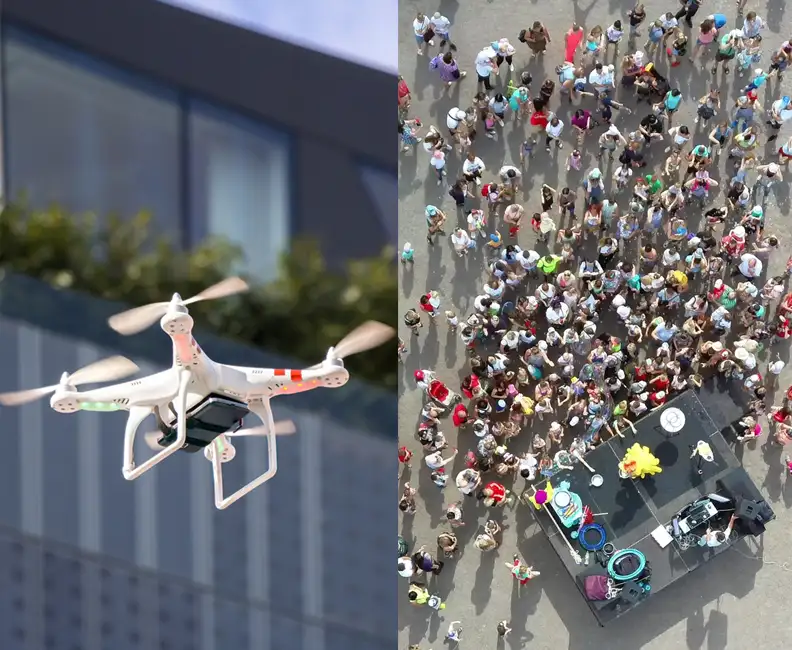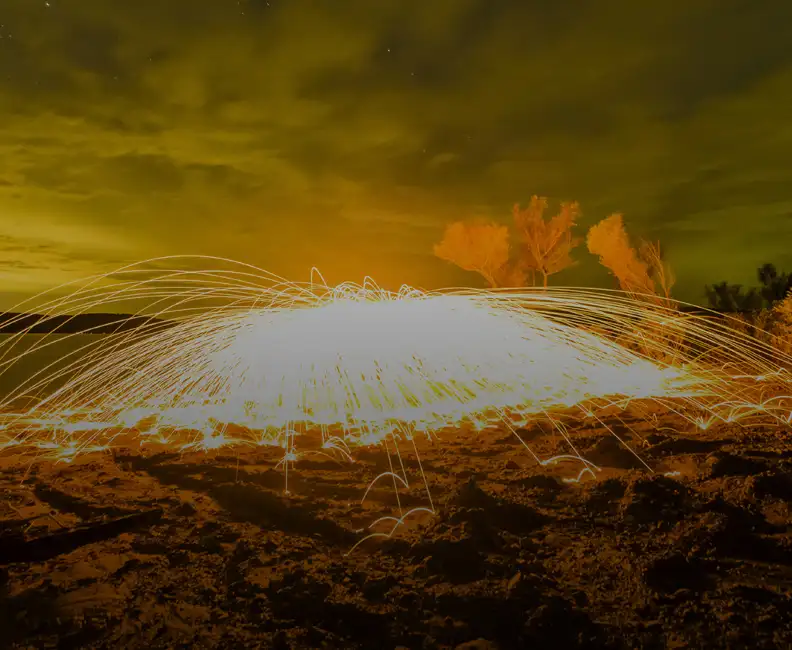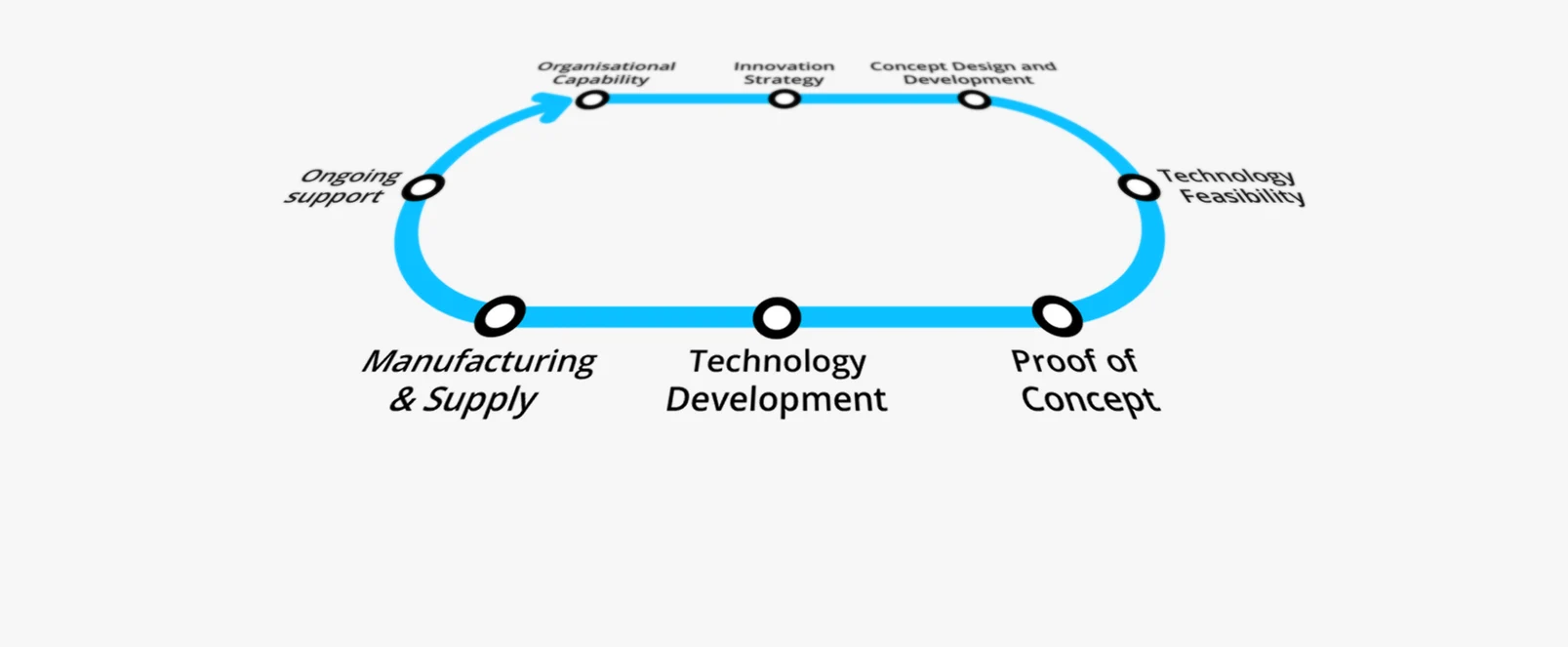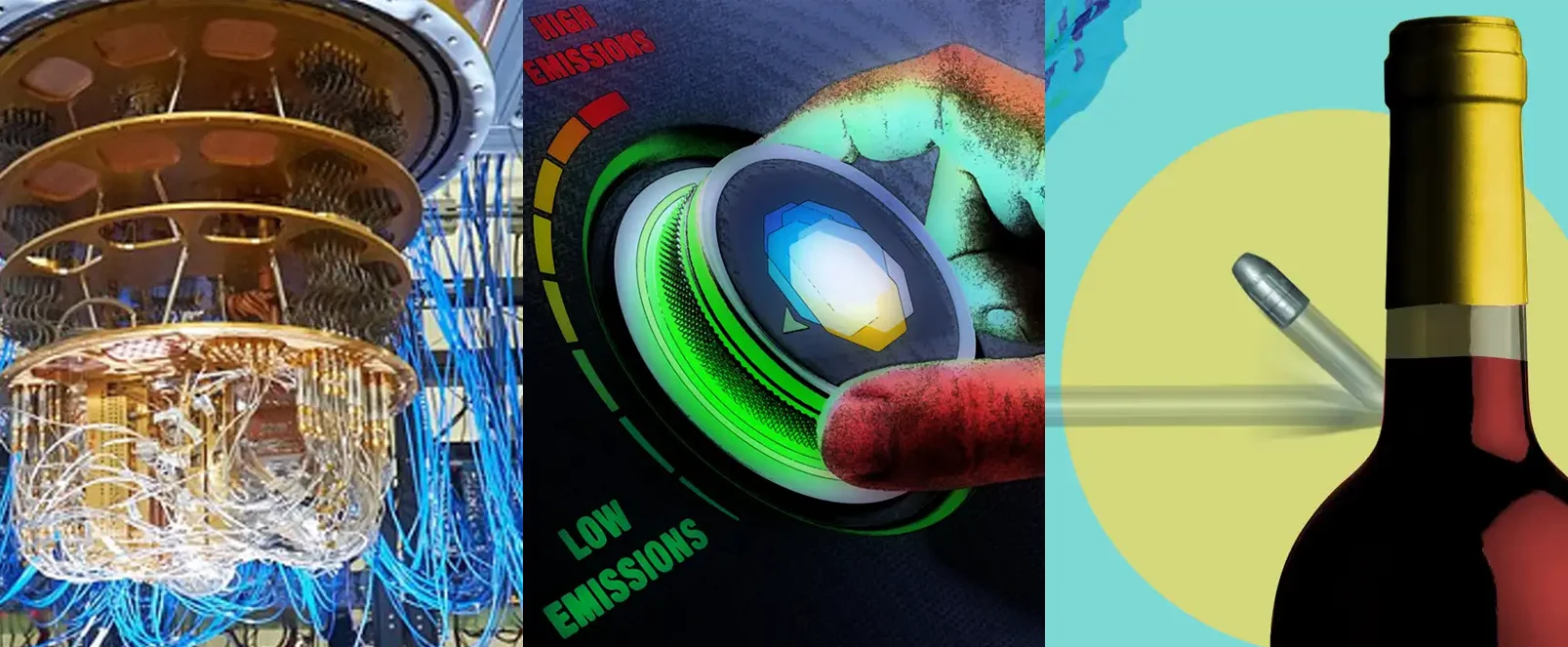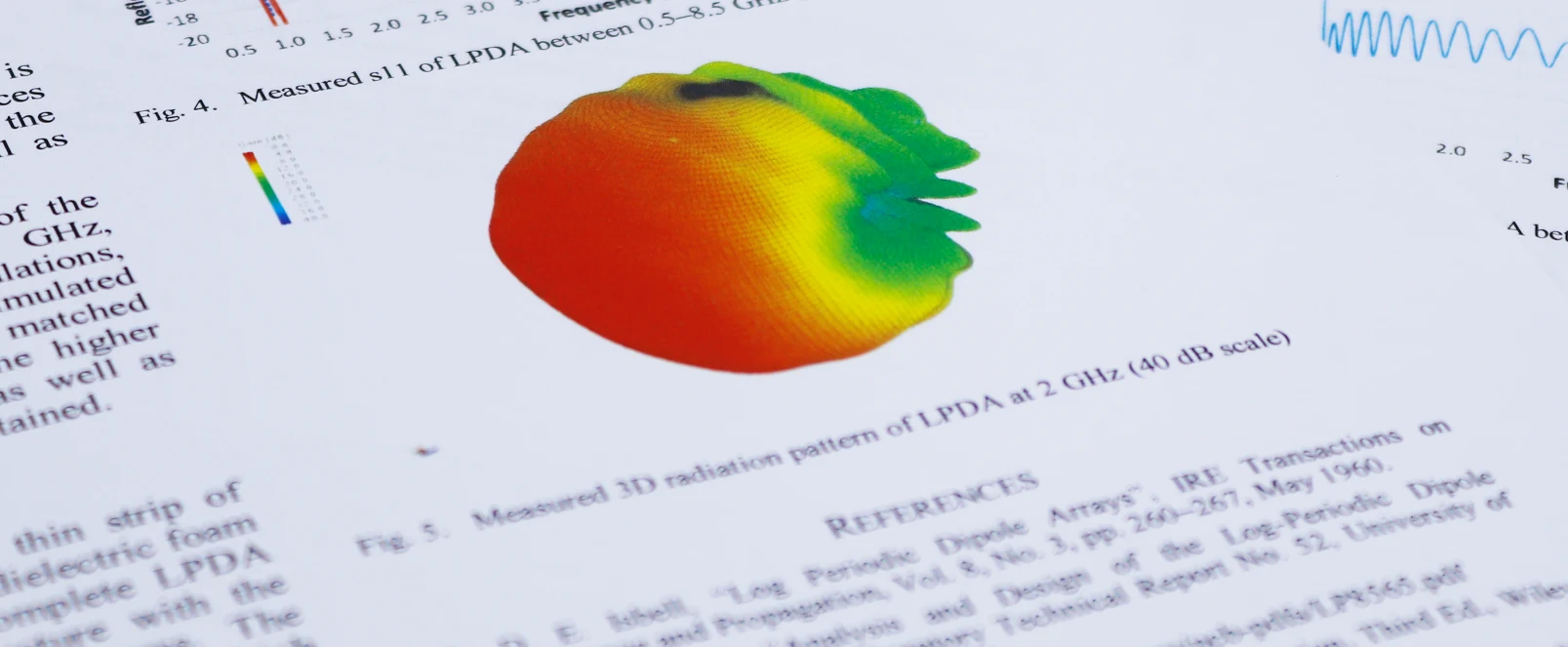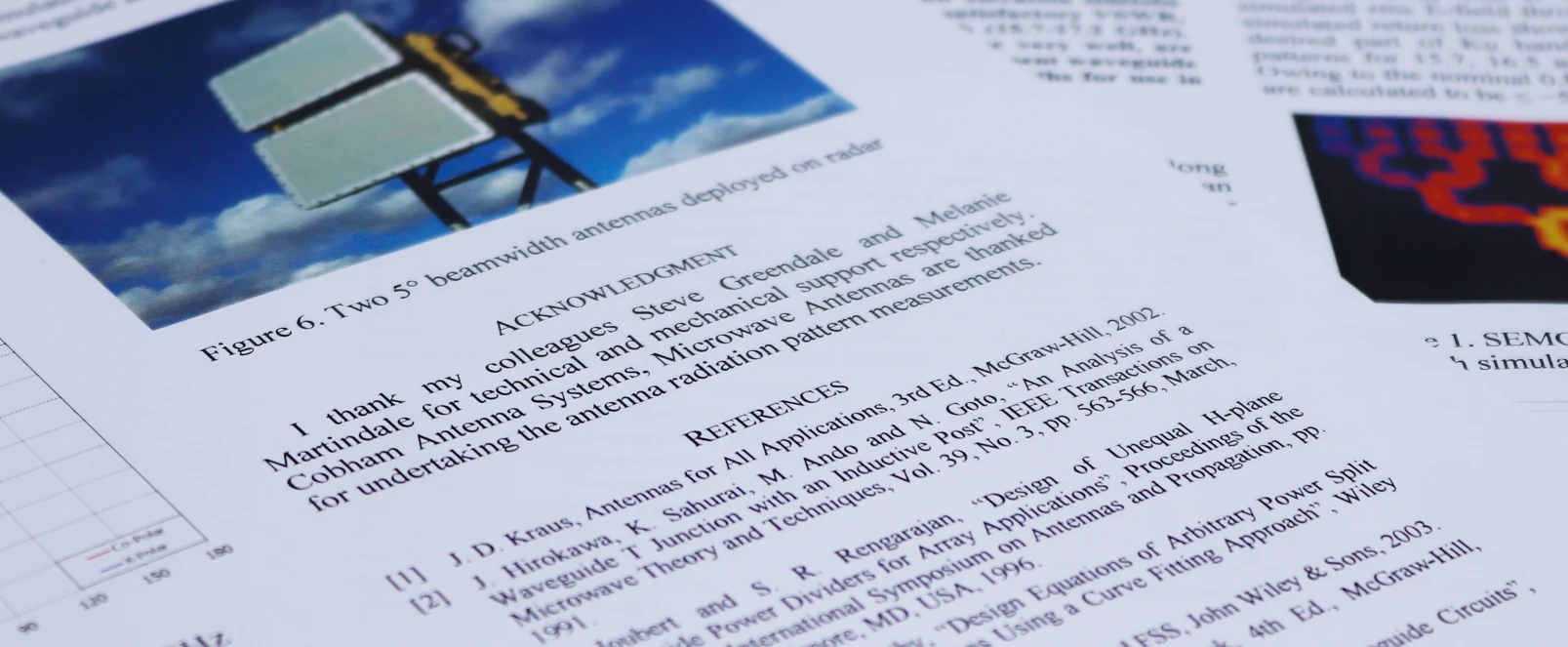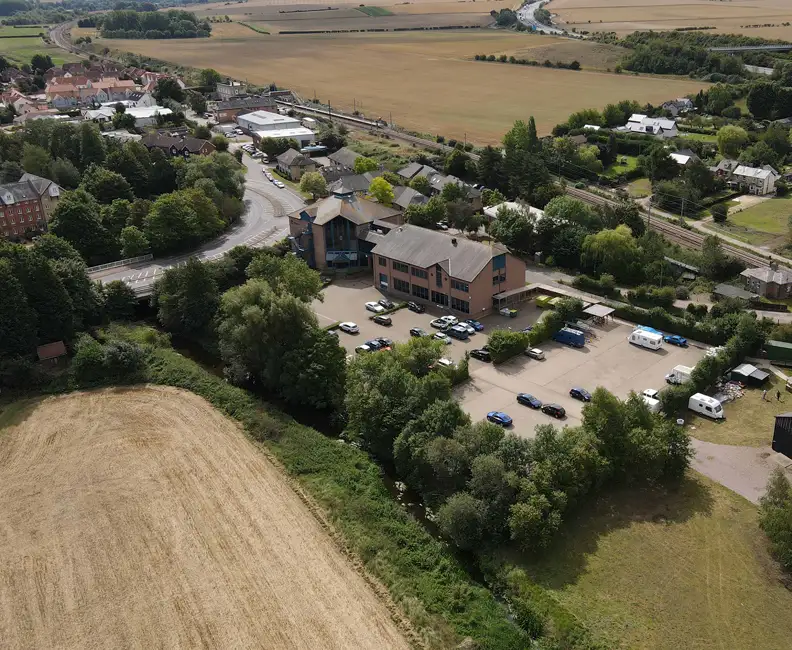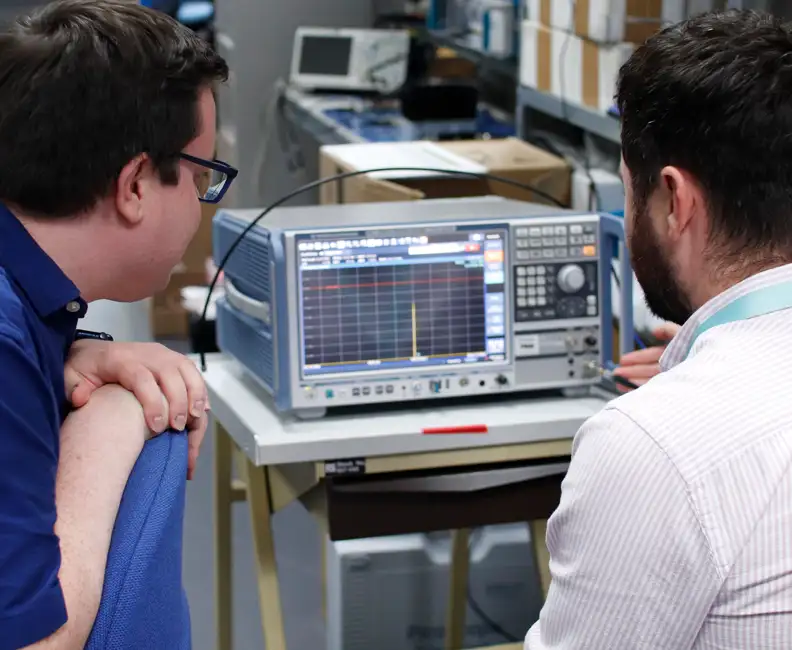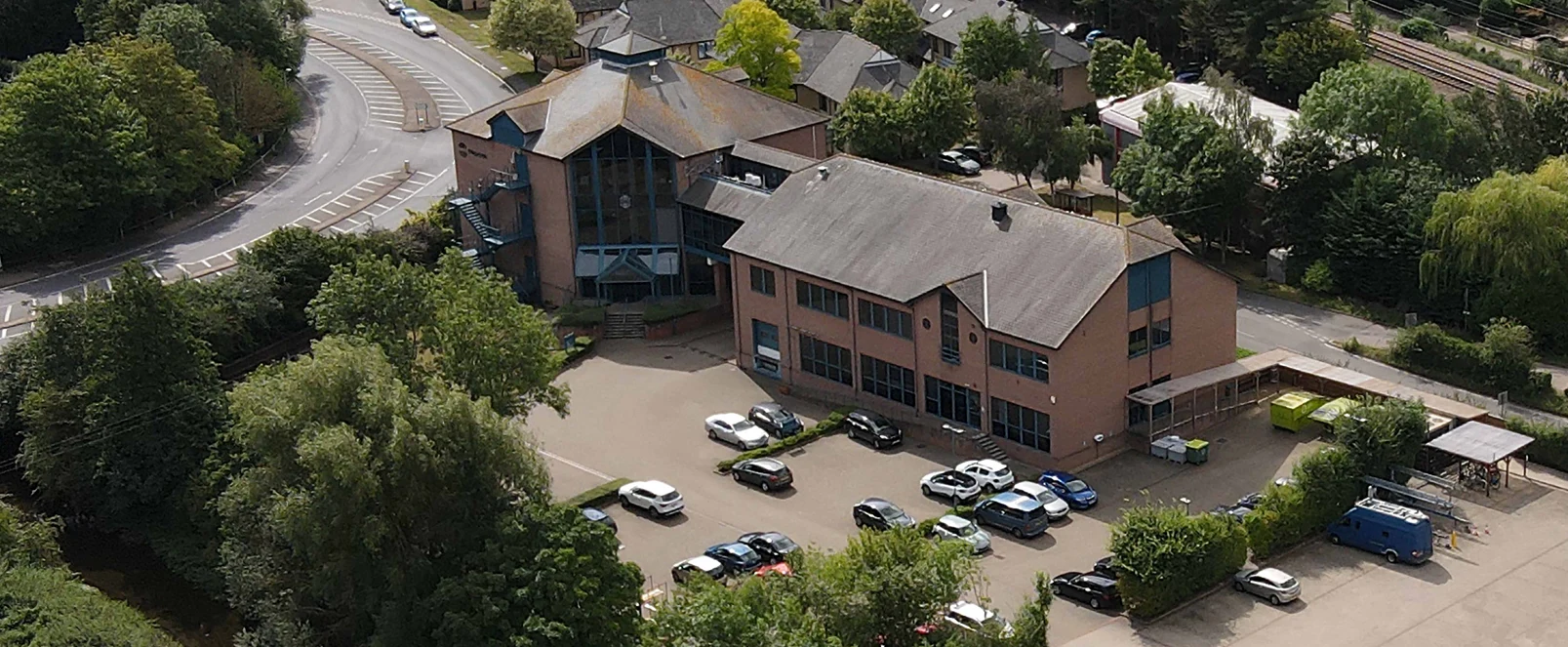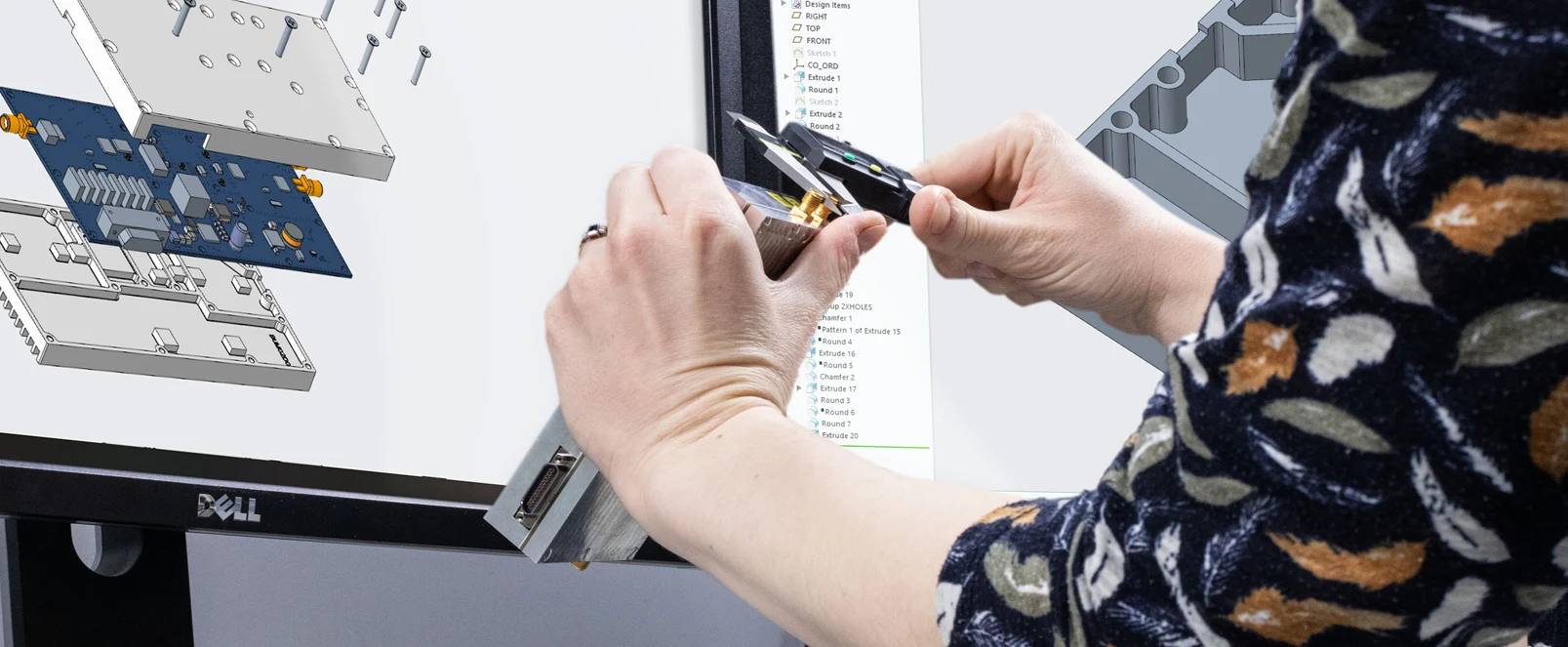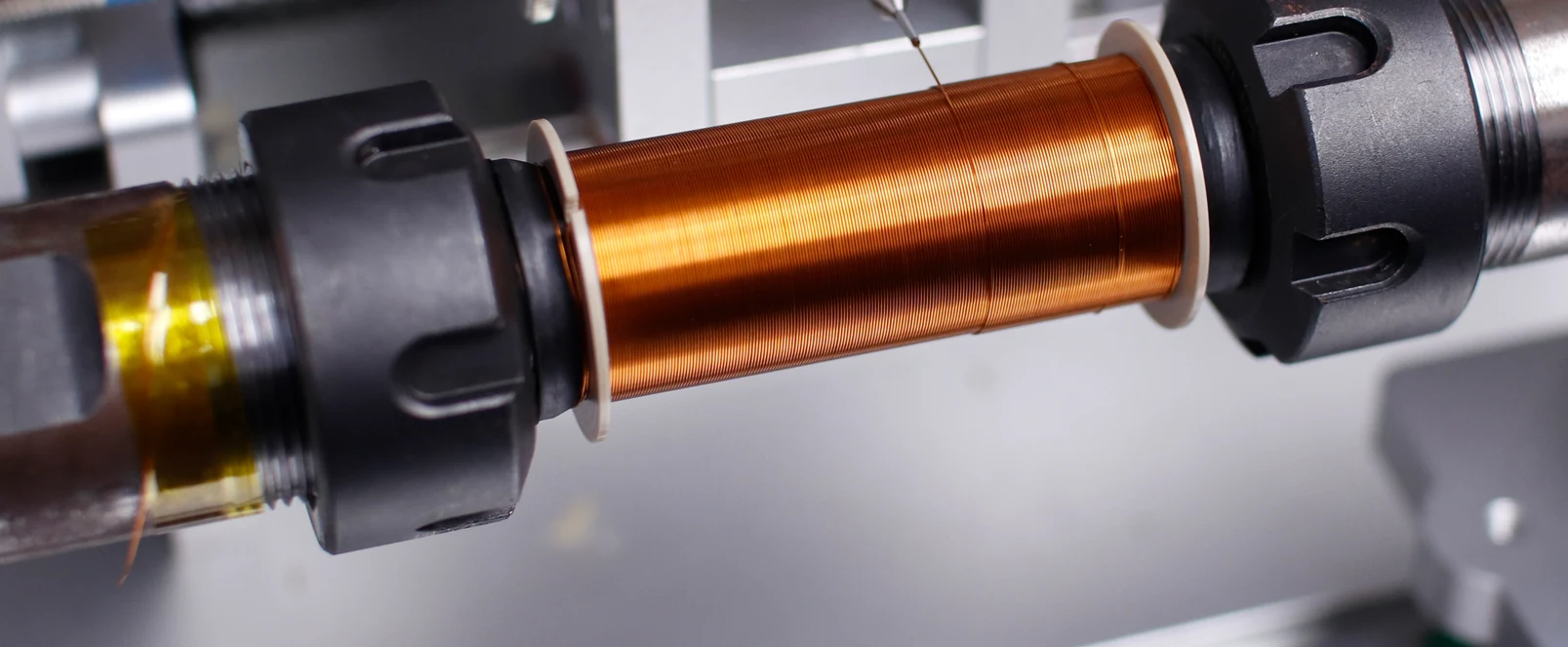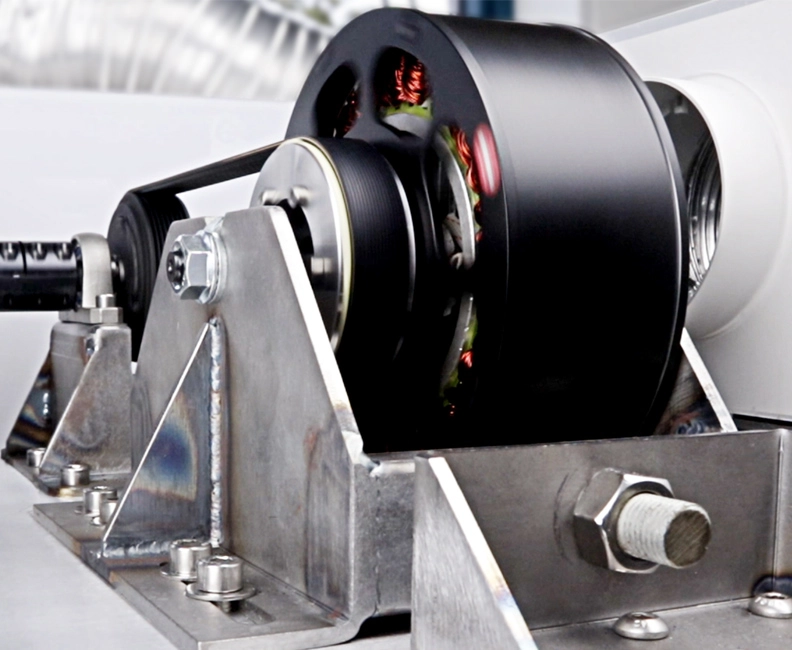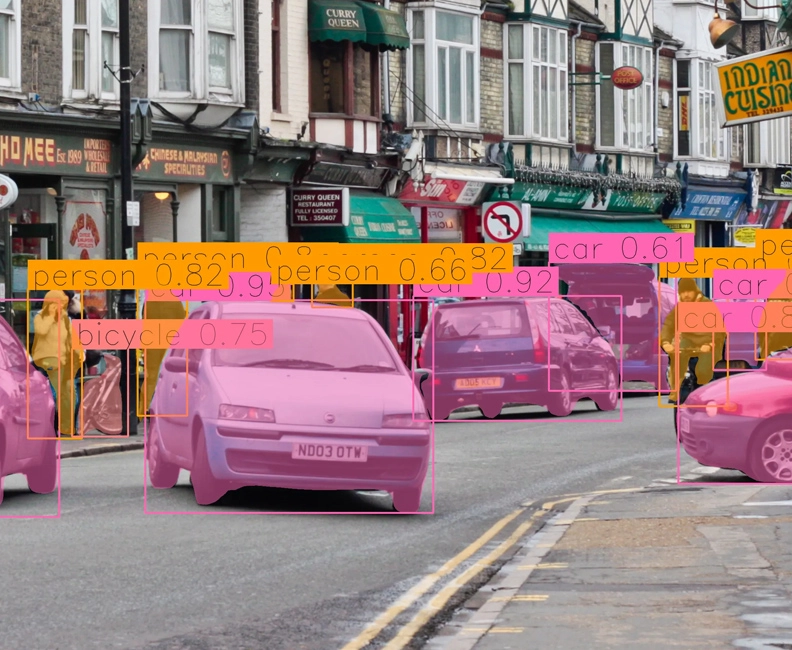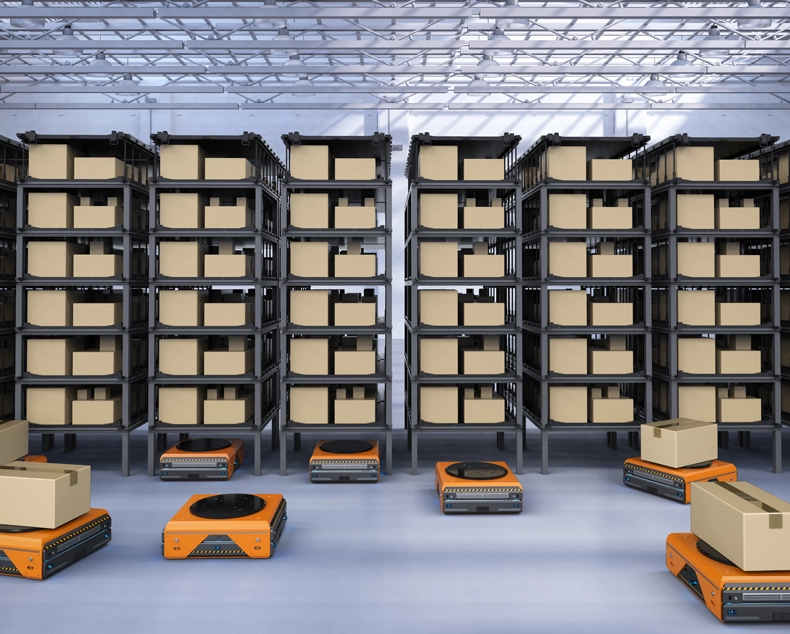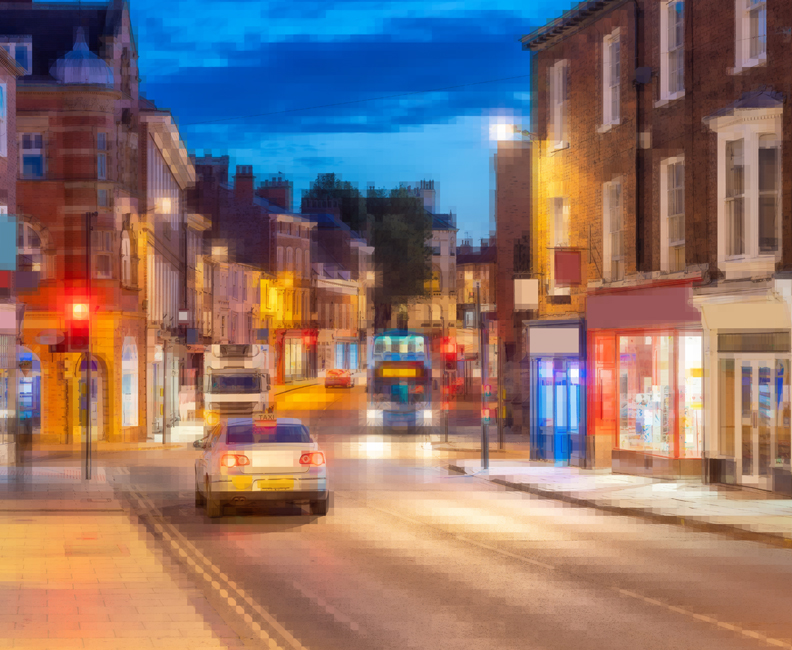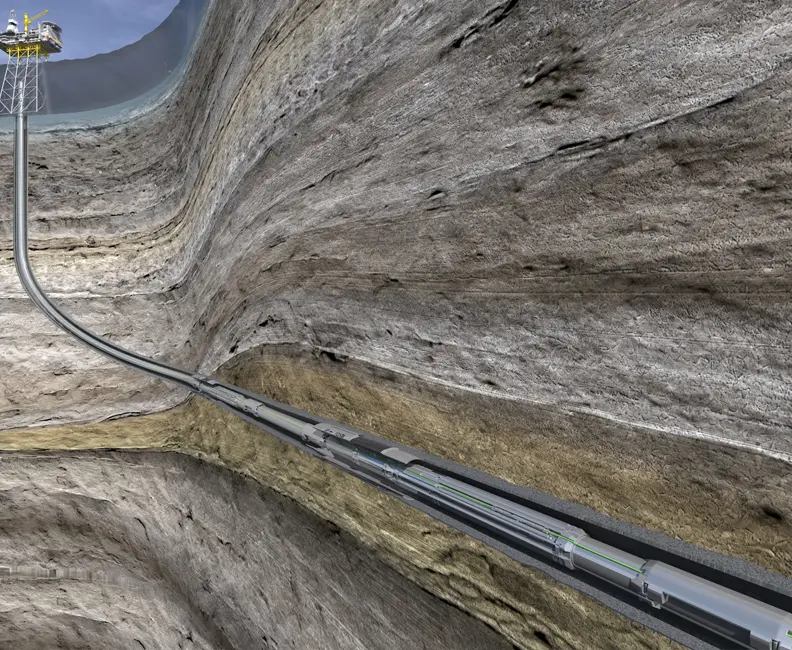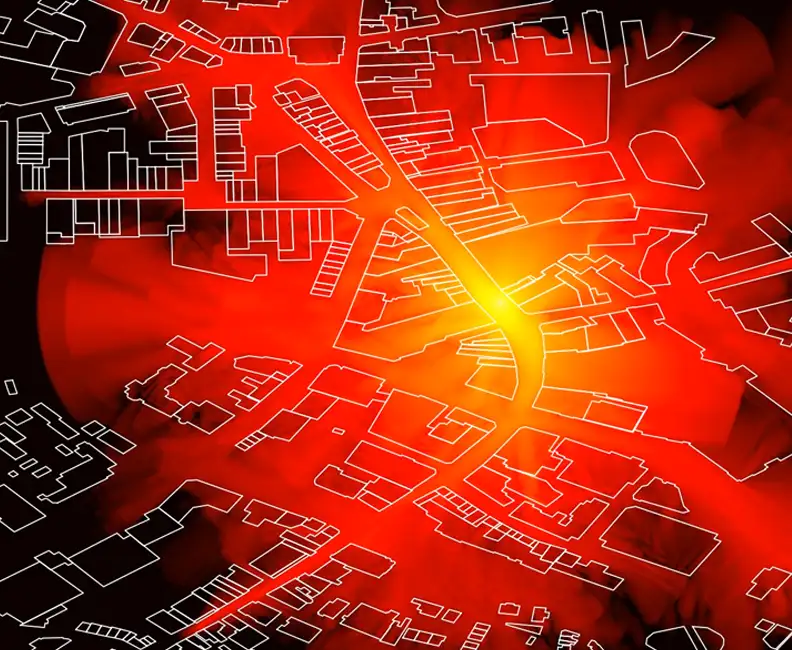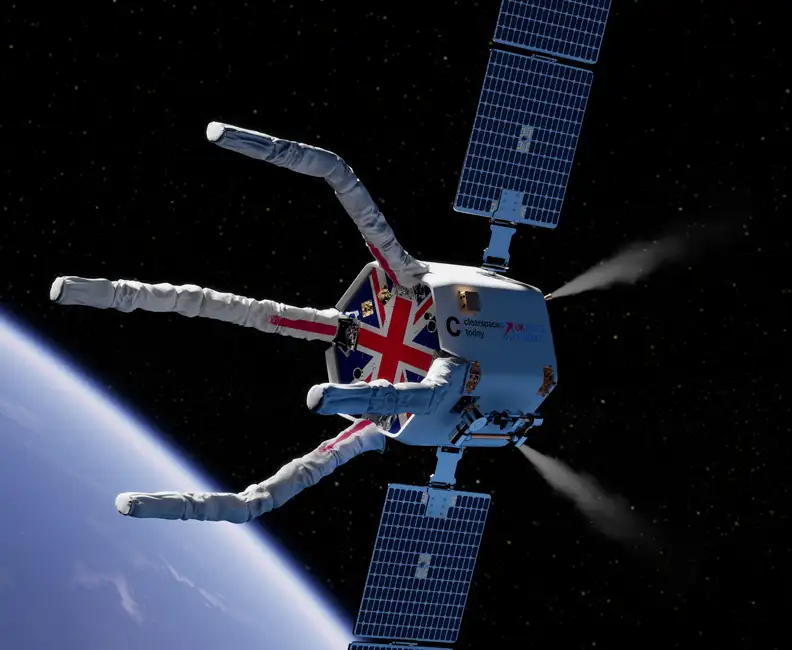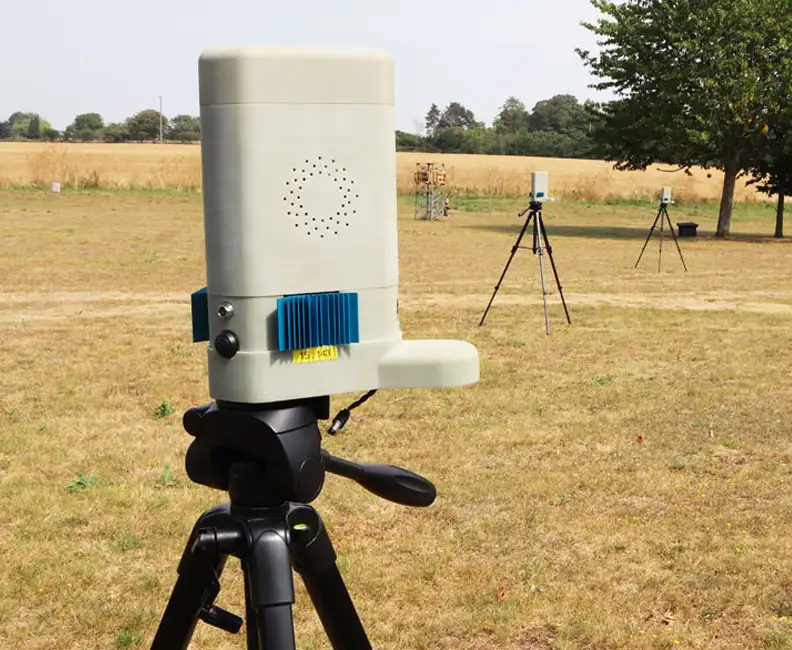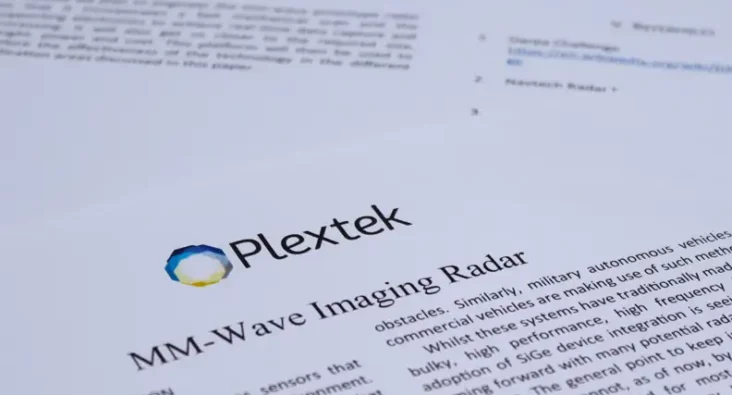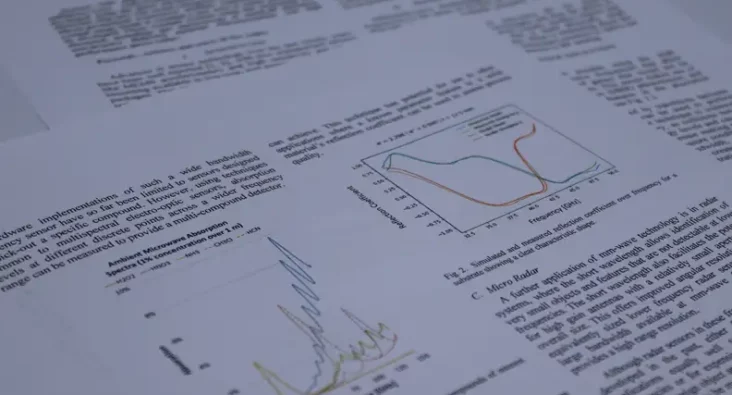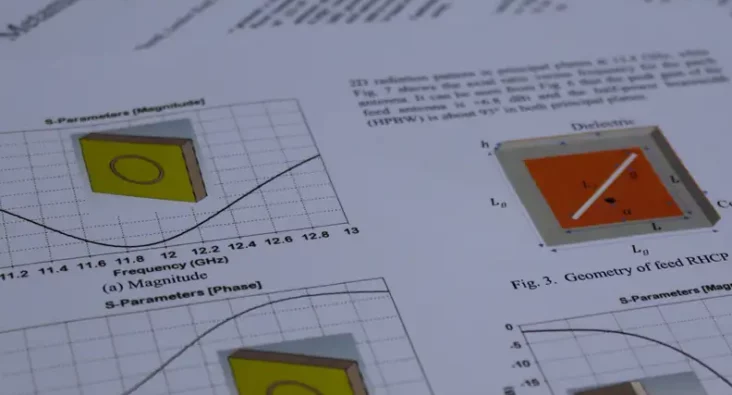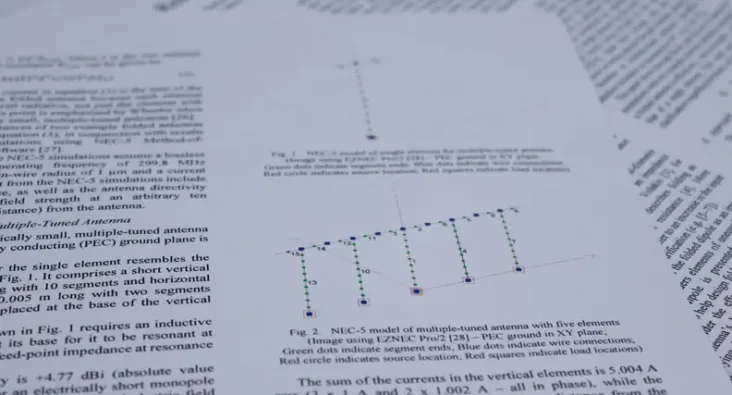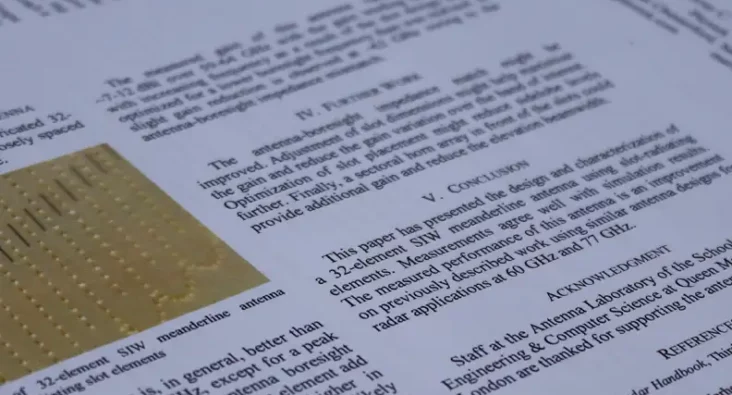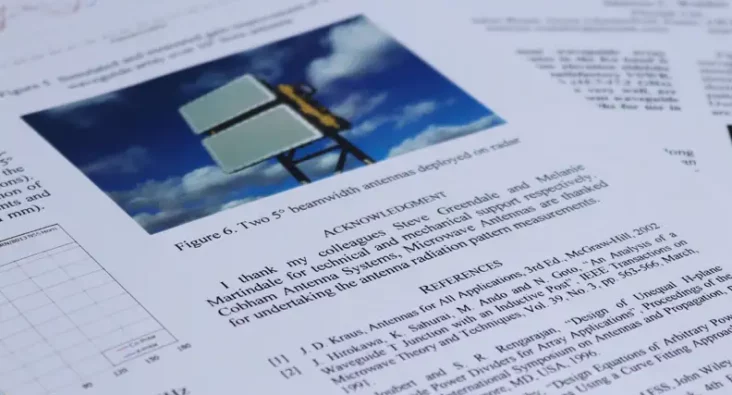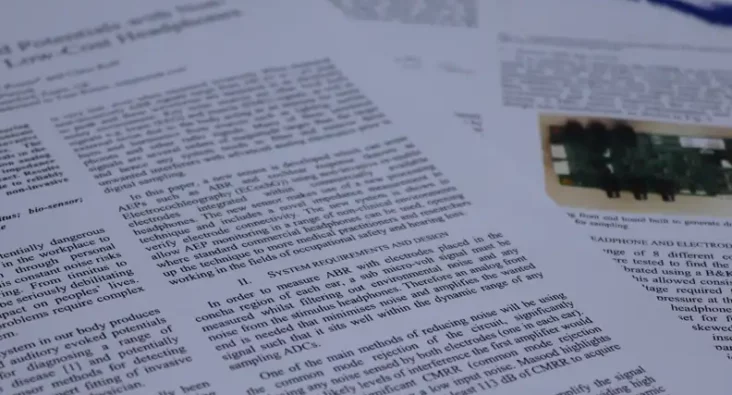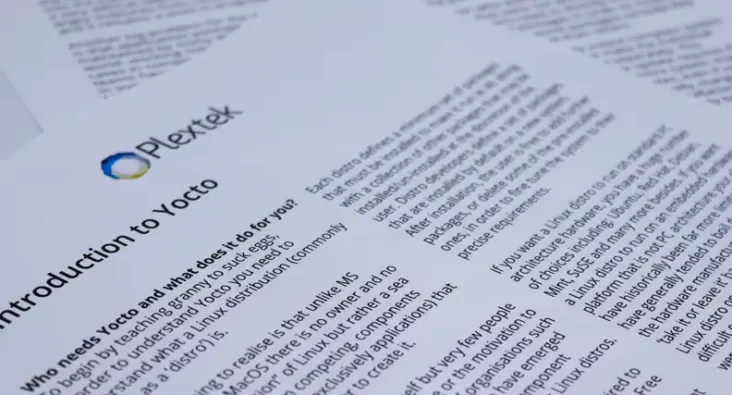The Challenge
Government incentives and lower cost solar cells have seen solar generation rapidly expand across the UK, and with solar energy now contributing significantly to the UK national grid in peak season.
Consequently, solar farms are big business and hence maximising their efficiency is critical for the operators.
Our client, Above Surveying, approached Plextek to enhance their post survey workflow which was a labour-intensive activity and bottleneck for highly trained analysts. Their system uses airborne drones as a scalable solution to capture precise thermographic and video diagnostic data of the solar farms. Our challenge was to consider techniques to translate the data into a format that machine-learning tools could process, and with the requirement to remove solar glint, other artefacts, and then rationalise the images with ground plans.
The Approach
Plextek provided consultancy recommending the most applicable image processing and machine-learning workflows to allow automated data analysis. Plextek worked closely with Above Surveying technical teams to assess feasibility of different approaches, settling on a recommendation that could be easily implemented within their existing processes and workflow.
The Outcome
Plextek’s input enabled Above Surveying to automate their analysis and remove a bottleneck in an expanding the business. Above Surveying has now checked over 8.5 million solar panels, identifying more than 200,000 defects, which ultimately allow their solar farm customers to optimise efficiency and revenue.
Downloads
View All Downloads- Intro to Plextek
- Plextek – Your complete end-to-end solution
- PLX-T60 Configurable mmWave Radar Module
- PLX-U16 Ubiquitous Radar
- How to Innovate Through Scarcity
- Technology Scouting to Accelerate Innovation
- Configurable IOT Framework
- How To Use Scenario Planning
- Winning through the Downturn: A Playbook for Growth
- mmWave Imaging Radar
- 10 Innovation Mistakes
- Low Cost Millimeter Wave Radio frequency Sensors








